Essential Guide to Climbing Mount Fuji
What you need to know if you are planning to climb Mount Fuji
Are you feeling adventurous? Do you have a desire to conquer one of Japan's most famous landmarks? If so, then climbing Mount Fuji should be at the top of your bucket list. This majestic and sacred peak has been attracting visitors from around the world for centuries. In this guide, we'll provide you with all the information you need to successfully navigate this iconic mountain.
Geographical Overview of Mount Fuji
Located on Honshu Island, Mount Fuji rises to a staggering height of 3,776 meters (12,389 feet). It is an active stratovolcano with a near-perfect conical shape, making it a truly mesmerizing sight to behold.
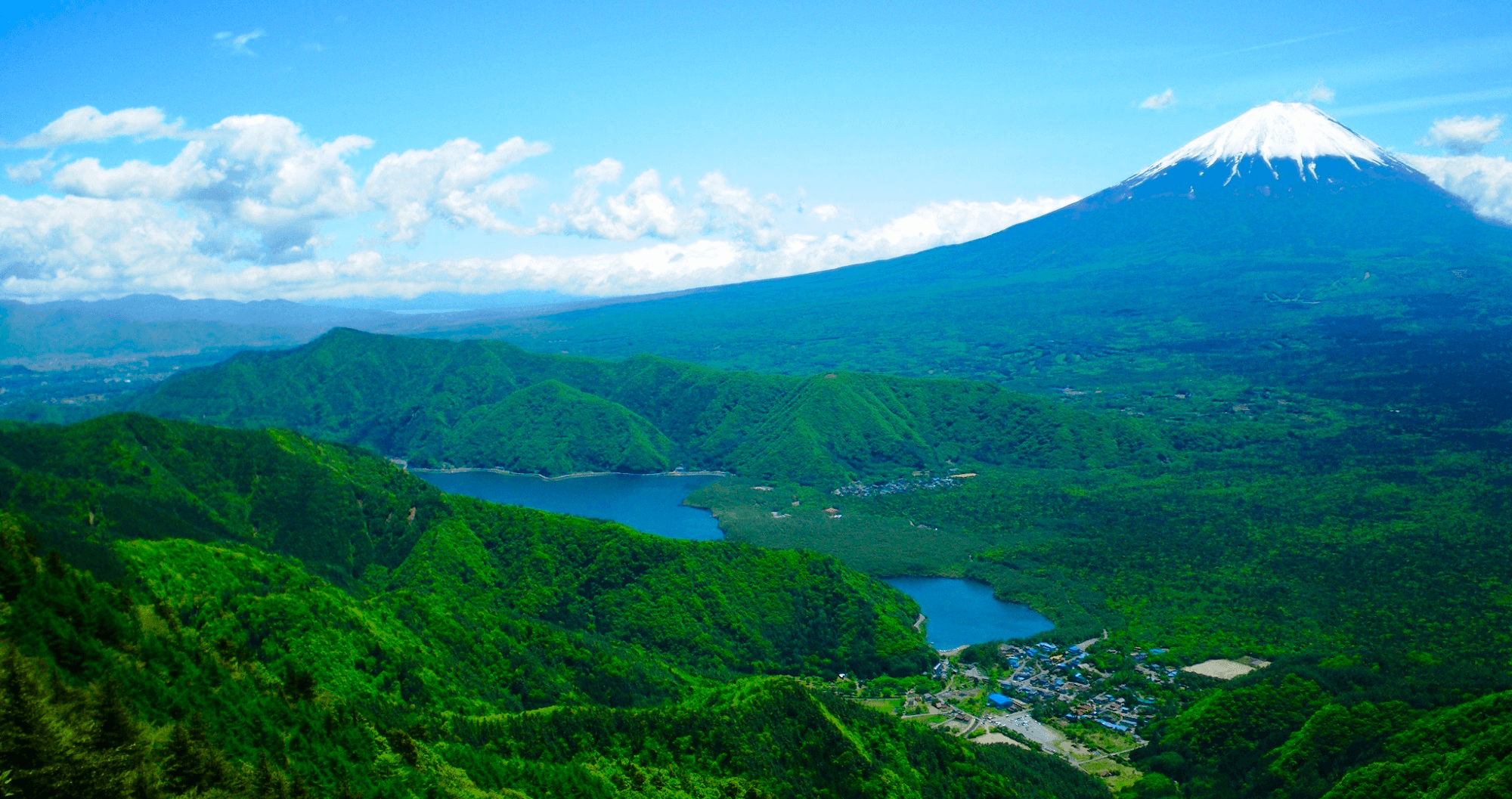
The mountain is part of the Fuji-Hakone-Izu National Park, which encompasses a diverse range of natural landscapes, including hot springs, forests, and volcanic islands. Its inclusion in the national park highlights the importance of preserving Mount Fuji's unique ecosystem and cultural heritage.
When to Climb Mount Fuji?
If climbing Mount Fuji is a must on your itinerary, before booking your tickets to Japan, it's crucial to consider the best time of year to climb Mount Fuji. The exact dates of the official climbing season varies from year to year, but it generally runs from early July to mid-September, with the peak period being in August during Japan's school holidays. Refer to the official website for the exact dates that the trails open.
During this time, the weather is generally more stable, the trails are safer, and the mountain huts are fully operational. If you are an inexperienced climber, it is recommended to climb during this period. However, keep in mind that this is also peak summer period and Japan's summer can get rather intense. This is also the busiest time, so be prepared for much larger crowds. If you prefer a quieter experience, consider planning your climb nearer the start or end of the climbing season — perhaps on a weekday in early July or in September.
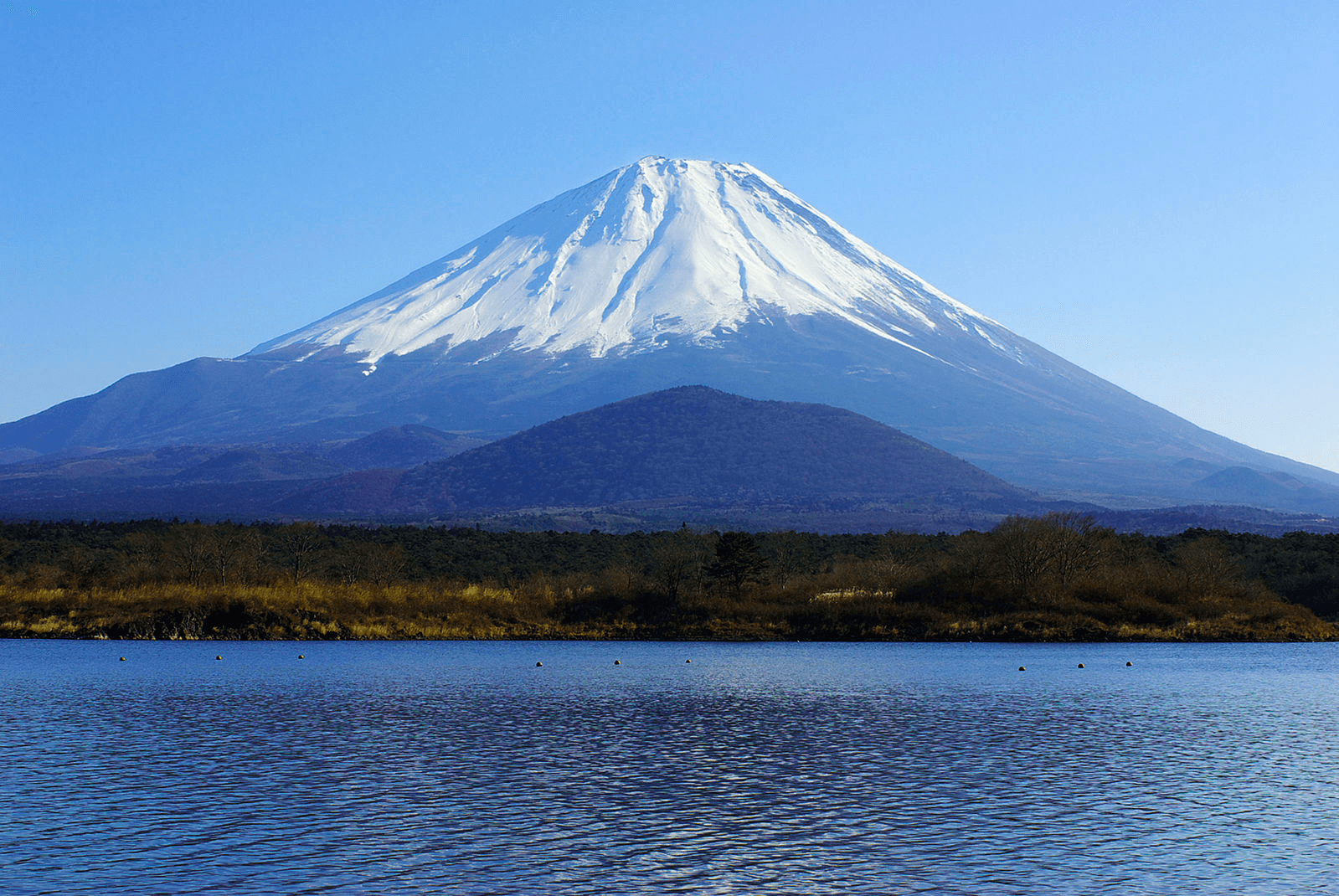
And if you really want to avoid the official climbing season altogether, you could schedule your climb slightly before or after the climbing season, in June or September. Although the weather can be less predictable during these times, you may have a more serene and peaceful climb, with fewer hikers on the trail. But it's important to note that climbing Mount Fuji outside of the official season is highly discouraged due to safety concerns. The mountain becomes more treacherous and the weather conditions can be extreme, making it risky for inexperienced climbers.
Regardless of the time of year you choose to climb, always check the weather forecast and advisories on the official website for Mount Fuji Climbing, and be prepared for sudden changes. Mount Fuji's weather can be unpredictable, and it's crucial to prioritize your safety above all else.
What Time to Climb Mount Fuji?
You can climb Mount Fuji at anytime of the day — but it is essential to take into account the time that you will require for both the ascent and the descent. But the skies are often clearer in the early mornings, and the Sun much more forgiving.
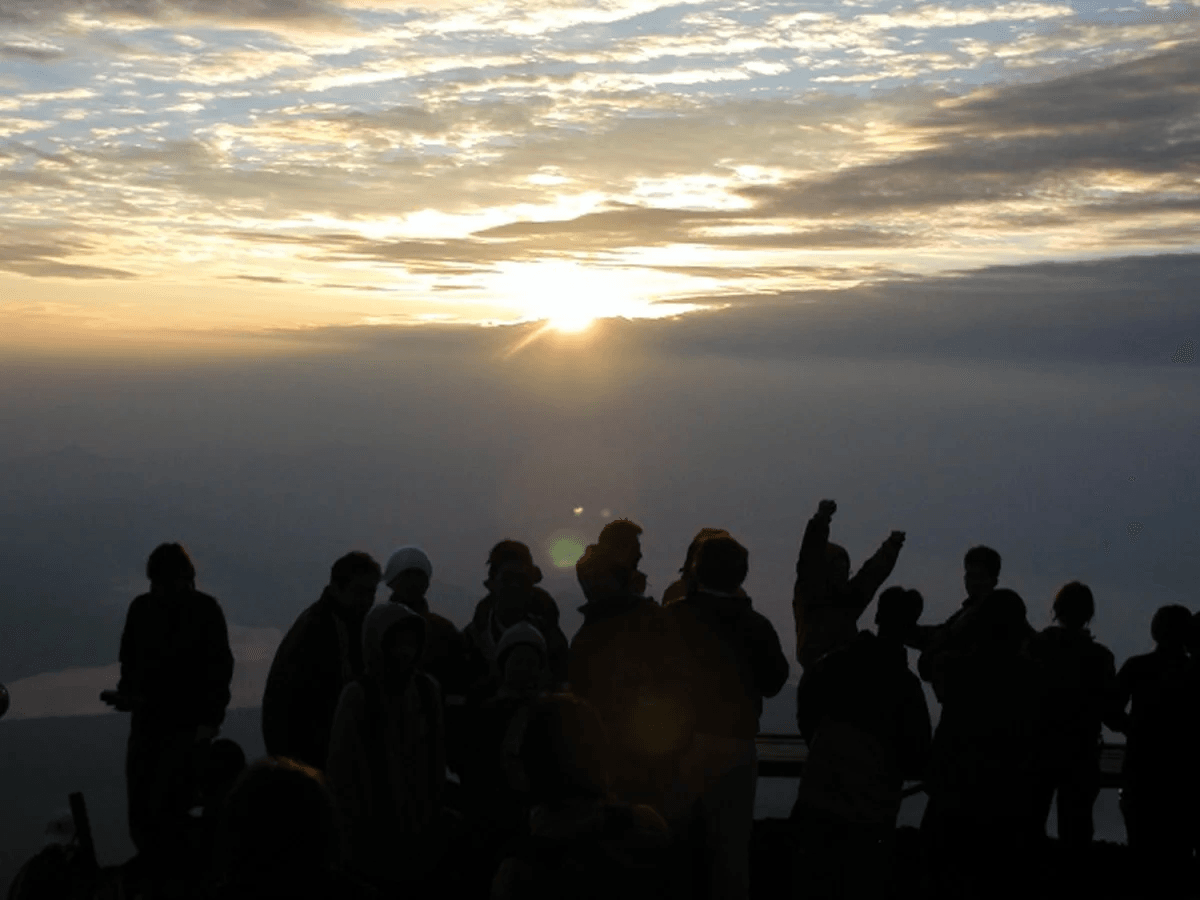
Most of the climbers aim to catch the sunrise at the summit; and if that is your plan as well, you can consider first climbing to a mountain hut, spend a few hours resting, before continuing with a night climb up to the summit so that you can catch the timing of the sunrise.
Navigating the Routes of Mount Fuji
Mount Fuji offers four main routes for climbers: the Yoshida Trail, Subashiri Trail, Gotemba Trail, and Fujinomiya Trail. Each route has its own unique features and challenges, so it's crucial to choose the one that best suits your abilities and preferences.

Yoshida Trail
The Yoshida Trail is the most popular and well-established route for climbing Mount Fuji. It starts from the fifth station at an altitude of 2,305 meters (7,562 feet) and provides stunning views throughout the ascent. This trail is the easiest to get to, and there is a bus that you can take from Kawaguchiko station. This is also the best trail to go on if you are planning to catch the sunrise, as it is possible to see the sunrise on this trail even if you haven't reached the summit.

As you make your way up the Yoshida Trail, you'll encounter several mountain huts where you can rest and refuel. These huts offer a warm and welcoming atmosphere, providing climbers with a chance to connect with fellow adventurers and share stories of their journey.
You will take about 5-7 hours to complete the ascent on the Yoshida trail, and the descent will take approximately 3-5 hours.
Fujinomiya Trail
The Fujinomiya Trail, although less frequented, is equally captivating. It is the second most popular trail, so it also has a fair amount of mountain huts along the way. This trail boasts stunning panoramic views of the surrounding countryside, with lush greenery and rolling hills stretching as far as the eye can see. It provides a sense of serenity and tranquility, allowing you to immerse yourself in the natural wonders of the mountain.
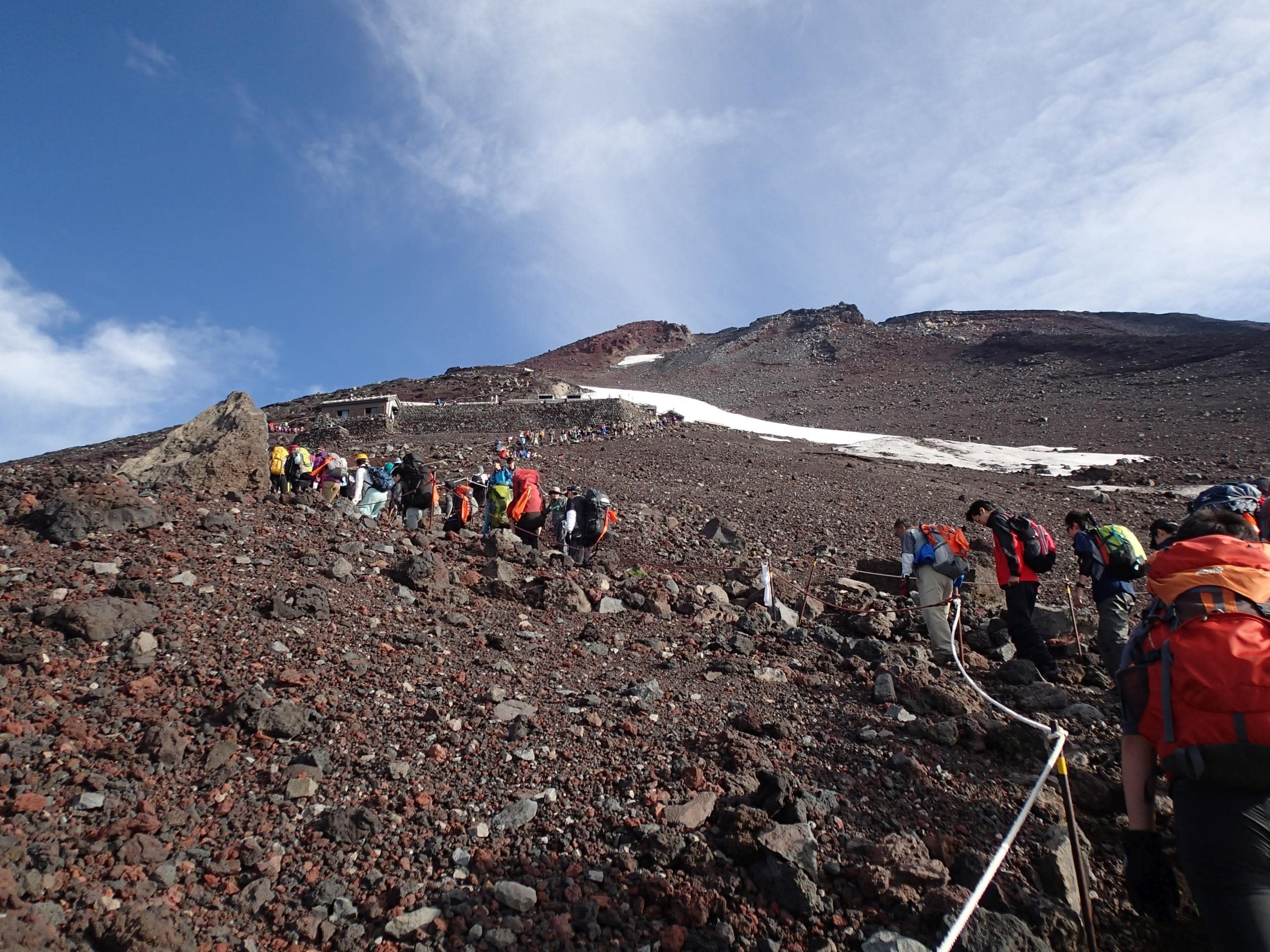
One thing to note about the Fujinomiya Trail is that the same route is used for both the ascent and descent, so it could get rather congested. The ascent is expected to take approximately 4-7 hours, and the descent about 2-4 hours.
Subashiri and Gotemba Trails
If you're looking for a less crowded alternative, consider exploring the Subashiri or Gotemba Trails. These routes offer a more challenging and adventurous experience, and might not be the most suitable for inexperienced climbers.
While these trails may be less crowded, it's important to note that there are fewer mountain huts along the way. This means that you'll need to be more self-sufficient and prepared for your climb. Make sure to pack enough food, water, and other essentials to ensure a safe and enjoyable journey.
Preparing for Your Climb
While the Mount Fuji trails by themselves aren't a very difficult climb, there are still some preparations and measures that you should take before your climb.
Physical Fitness Requirements
Climbing Mount Fuji requires a moderate level of physical fitness. The climb itself isn't very strenuous, but it is a fairly long distance. In addition, oxygen levels get lower at higher altitudes. So while it's not necessary to be super fit, it's important to engage in regular exercise and cardiovascular activity leading up to your climb. This will help prepare your body for the physical demands of hiking at high altitudes.
Essential Gear for Climbing Mount Fuji
Proper gear is essential when embarking on any outdoor adventure, and climbing Mount Fuji is no exception. Here's a checklist of must-have items:
- Sturdy hiking boots: Invest in a pair of hiking boots that provide ankle support and have a good grip to navigate the rocky terrain.
- Multiple layers of clothing: Mount Fuji's weather can be unpredictable, so it's important to dress in layers to adjust to changing temperatures. While Japan's summer is rather intense and it can be very hot during your ascent, temperatures can drop fairly quickly as you approach the summit. Make sure to have sufficient clothing so you can layer up as necessary.
- Sunscreen and sunglasses: Protect your skin and eyes from the sun's harmful rays, especially at higher altitudes where the UV exposure is stronger.
- A lightweight backpack: Choose a backpack that is comfortable to carry and has enough space to hold your essentials, such as snacks, water, extra clothing, and a first aid kit.
- Headlamps: Headlamps (or at least flashlights) are essential especially if you will be hiking at night.
- Trekking poles for added stability: These can help reduce strain on your knees and provide extra stability while navigating steep sections of the trail.
- Ample food and water: Pack enough food and water to sustain your energy levels throughout the climb. It's important to stay hydrated and fuel your body with nutritious snacks.
Remember to pack these items in a waterproof bag or use waterproof covers to protect them from rain or snow.
Making reservations for mountain huts
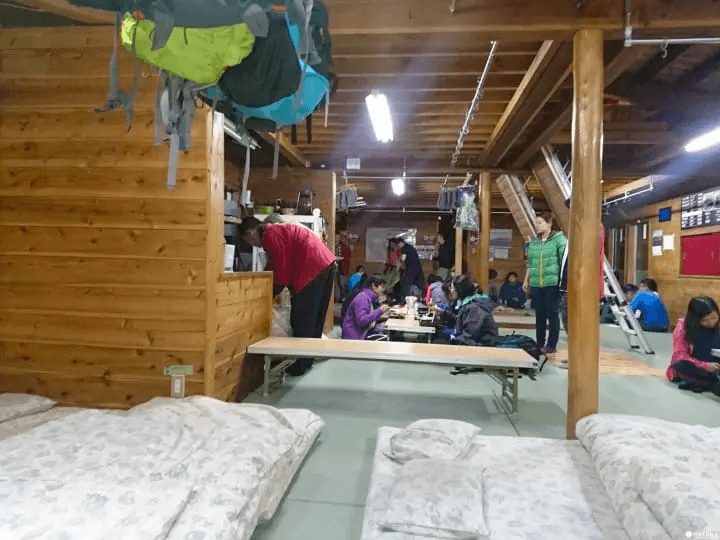
The mountain huts become very crowded during the official climbing season and are often fully booked. If you will be planning to take a pit stop and stay at one of the huts, make sure to plan exactly which hut you will be staying at and make your reservations in advance. Note that most mountain huts will not accept credit card payment, so make sure to have sufficient cash with you.
Download the Mt. Fuji App
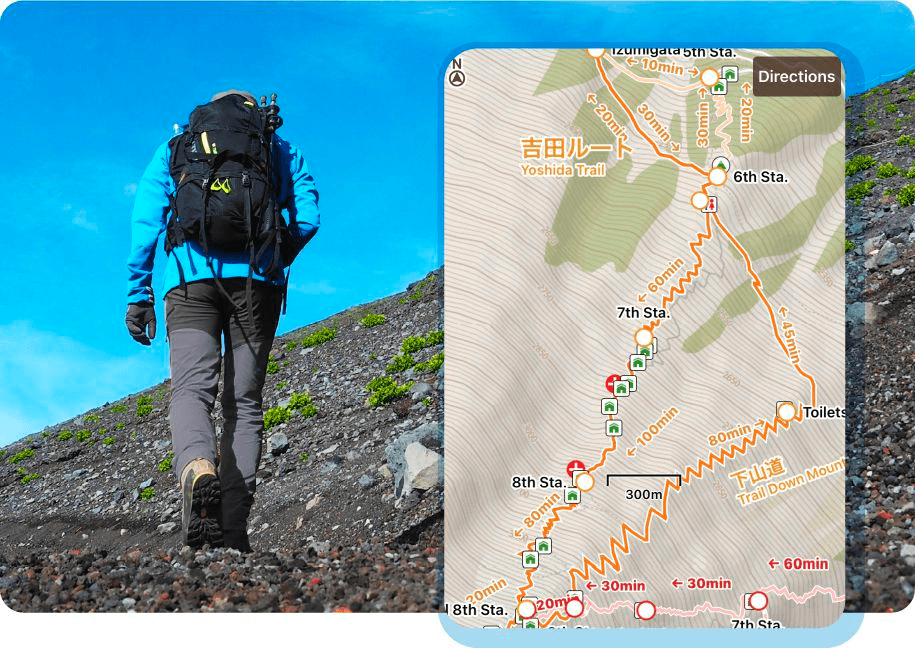
Although there are signs to mark the trails, there are still many climbers who get lost in the trails each year. The Mt. Fuji app will help to keep track of your location and will send you alerts if you are moving off-trail. The app will also work offline, so be sure to download it prior to your climb - you don't want to be part of the numbers who get lost ini the mountains! Bring along your power bank or spare batteries as well, in case your device runs out of juice.
Respect the Mountain
Climbing Mount Fuji is not only a physical journey but also a spiritual one. It's important to respect and honor the mountain and follow the local customs and rules:
- Do not litter: Pack out everything you bring in. Mount Fuji's pristine beauty should be preserved, and leaving trash behind is not only disrespectful but also harmful to the environment. Be mindful of your waste and dispose of it properly.
- Do not remove animals, plants, or rocks: Mount Fuji is a national park and a World Cultural Heritage Site. The same way you should not leave anything behind, you should also not remove anything from their natural habitat!
- Follow designated trails: Straying from the marked paths can cause erosion and harm the delicate environment. Stick to the designated trails and avoid stepping on fragile vegetation. By doing so, you help preserve the natural beauty of Mount Fuji and ensure its sustainability for future generations.
- Be mindful of others: Mount Fuji attracts people from around the world, so be considerate of fellow climbers and maintain a positive and friendly attitude. Share the trail, and offer assistance if needed. Climbing Mount Fuji is a shared experience, and by fostering a sense of camaraderie, you enhance the overall enjoyment for everyone.